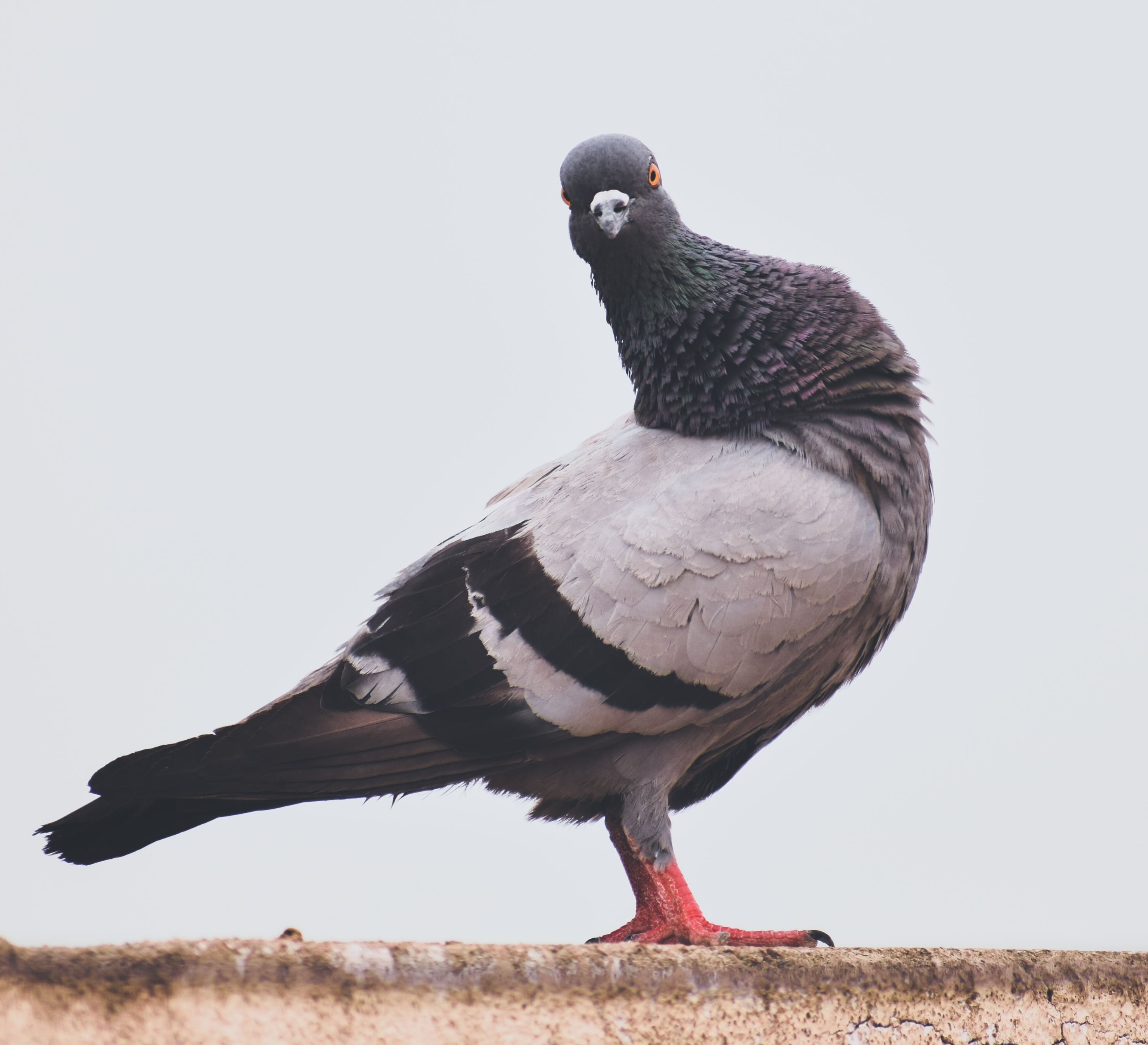Why Pigeons at Rest Are at the Center of Complexity Theory
When thinking about complex systems and patterns emerging from seemingly simple interactions, pigeons at rest provide a fascinating case study.
These seemingly mundane creatures exhibit behaviors that have captured the attention of scientists studying complexity theory.
Pigeons at rest may appear passive, but their interactions with one another and their environment reveal intricate webs of interconnectedness.
By studying how pigeons at rest form flocks, communicate with one another, and make decisions as a collective, researchers can gain insights into the dynamics of complex systems.
The behavior of pigeons at rest can be likened to the emergence of patterns in traffic flow, stock market fluctuations, and the spread of diseases.
Understanding the underlying principles governing the behavior of pigeons at rest can help us make sense of the complexities of our interconnected world.
Pigeons at rest are not just idle creatures – they are active participants in a larger system that exhibits self-organizing and adaptive properties.
By studying pigeons at rest, researchers can gain a deeper understanding of how simple interactions can give rise to complex behaviors and systems.
In essence, pigeons at rest serve as a microcosm for discussing the intricate dynamics at play in complex systems theory.
So next time you see pigeons at rest in the park, take a moment to appreciate the complexity and beauty of their interactions – they may just hold the key to unlocking the secrets of complexity theory.

